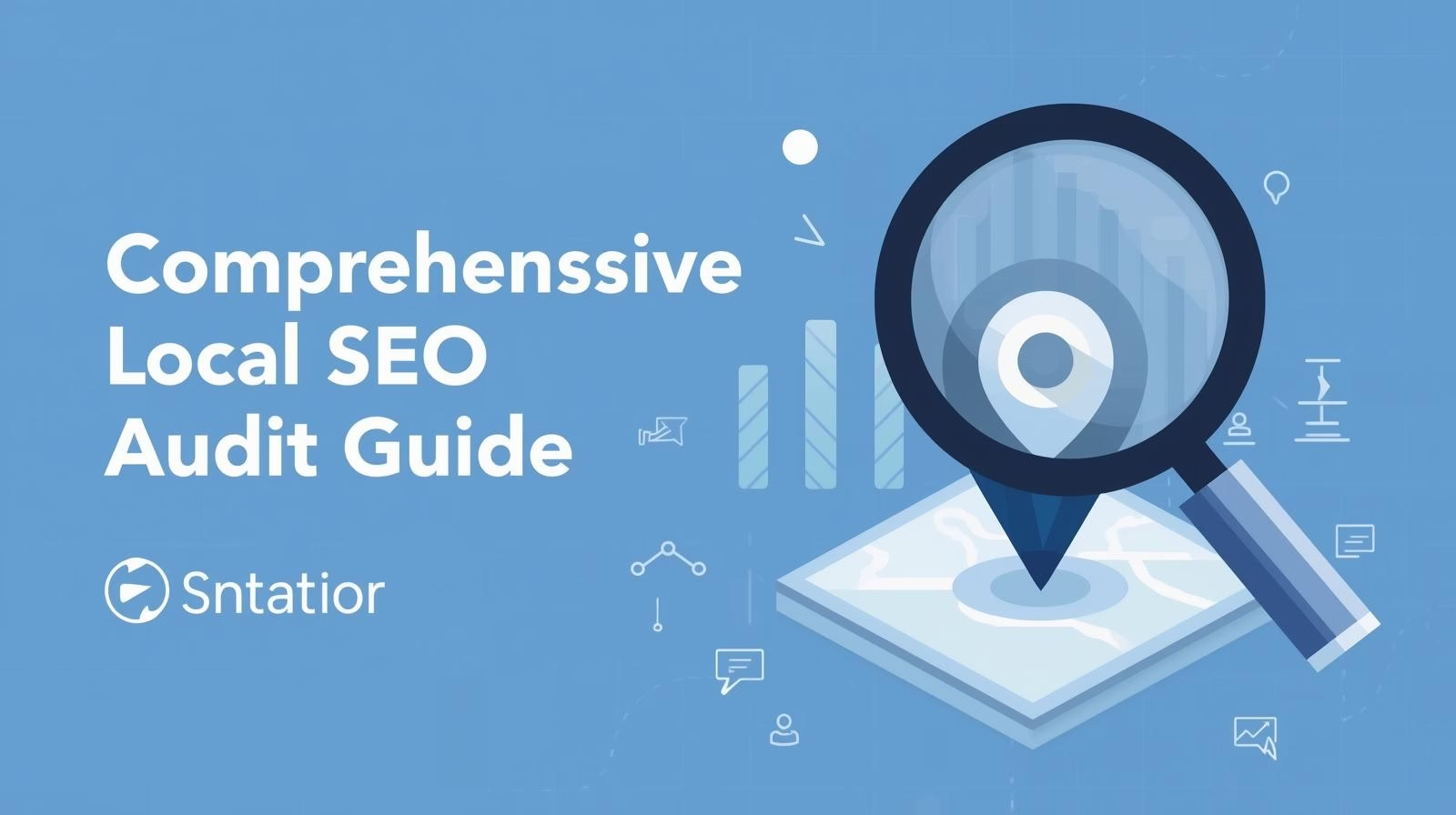Technical SEO Checklist for Beginners If you’re running a website, security and trust are everything. That’s why switching from HTTP to HTTPS is no longer optional, it’s a necessity. Not only does HTTPS protect your visitors with encryption, but it’s also a confirmed Google ranking factor. The challenge? Many website owners fear losing traffic or search visibility during the transition.
The good news is that when done right, switching to HTTPS can boost SEO rankings instead of hurting them. In this guide, we’ll walk you through everything you need to know about how to migrate safely, keep your organic traffic intact, and even set yourself up for better long-term results.
Why Switching to HTTPS Matters for SEO
1. Trust and Security
Data Encryption: HTTPS encrypts data between your site and visitors, protecting sensitive information like passwords or payment details.
Trust Signals: Modern browsers mark HTTP sites as “Not Secure,” which can scare away potential customers.
2. SEO Benefits
Ranking Boost: Google uses HTTPS as a ranking signal, meaning secure sites may outrank unsecured ones.
Referral Data Preservation: With HTTPS, referral data from analytics tools remains intact, giving you accurate traffic reports.
3. Better User Experience
Secure websites improve engagement metrics like bounce rate and time on site, both indirect SEO signals.
The Ultimate Guide to SEO: Rank Higher in 2025
Preparing for an HTTPS Migration
Switching to HTTPS isn’t just flipping a switch. It requires careful preparation.
Step 1: Choose and Install an SSL Certificate
Types of SSL Certificates:
DV (Domain Validation): Basic, fast to issue, suitable for blogs.
OV (Organization Validation): Includes business verification, good for company websites.
EV (Extended Validation): Highest level of trust, often used by eCommerce and banks.
Where to Get One: Purchase from your hosting provider, SSL vendors (e.g., DigiCert, Comodo), or use free options like Let’s Encrypt.
Step 2: Back Up Your Website
Before making any big changes, always back up files and databases. A migration mistake could temporarily break your site.
Step 3: Crawl Your Website
Use tools like Screaming Frog or Ahrefs Site Audit to:
Identify all current URLs
Spot broken links or redirect chains
Create a full sitemap for reference
Best Practices for Switching to HTTPS Without Losing SEO
1. Implement 301 Redirects
Every HTTP URL must point to its HTTPS version with a 301 permanent redirect. This tells Google and other search engines that the move is permanent, ensuring link equity (SEO value) transfers smoothly.
Example:http://yourdomain.com/page → https://yourdomain.com/page
2. Update Internal Links
Update all your website’s internal links to point to the new HTTPS version. This avoids unnecessary redirects and improves crawl efficiency.
Menus
Footer links
Blog post references
Canonical tags
3. Update Canonical Tags and Hreflang
Make sure canonical tags reflect HTTPS versions. If you serve multiple languages, update hreflang tags too.
4. Resubmit Your Site to Google Search Console
Add the HTTPS property as a new site in Google Search Console.
Submit updated XML sitemaps.
Monitor for crawl errors, index coverage, and duplicate content issues.
5. Update Robots.txt and Disavow Files
If your robots.txt blocks content or contains references to HTTP, update them. Also, re-upload your disavow file if you use one.
6. Fix Mixed Content Issues
Mixed content occurs when secure pages load insecure elements (e.g., images, scripts, CSS from HTTP). This can cause browser warnings and harm rankings.
Use HTTPS versions of all assets.
Update third-party plugins and scripts.
7. Update External Links and Social Media
While 301 redirects handle most cases, it’s smart to:
Update backlinks where possible (reach out to partners, directories).
Update social profiles, email signatures, and ad campaigns with HTTPS links.
Common Mistakes to Avoid
Using 302 instead of 301 redirects (temporary instead of permanent).
Forgetting to update sitemaps and canonical tags.
Not monitoring traffic drops in Google Analytics and Search Console.
Partial migrations (mix of HTTP and HTTPS pages), leading to duplicate content.
Monitoring After the Switch
Migration doesn’t end once you flip the switch. Keep a close eye on:
Google Search Console: Check for crawl errors and indexing issues.
Analytics: Watch traffic levels, bounce rates, and conversions.
Ranking Tools: Track keyword performance to ensure no major drops.
Conclusion
Switching to HTTPS without losing SEO rankings comes down to planning and precision. By installing the right SSL certificate, setting up 301 redirects, fixing internal and external links, and monitoring performance, you can make the transition smooth, and even see an SEO boost.
Don’t let fear of lost traffic hold you back. Take the steps outlined in this guide and make your website more secure, trustworthy, and SEO-friendly.
If you found this helpful, share it with others who are planning their migration, or drop a comment with your own migration experiences!
FAQs
1. Does switching to HTTPS improve SEO?
Yes, HTTPS is a confirmed ranking factor. It may not skyrocket your rankings alone, but combined with trust signals and better security, it improves overall SEO performance.
2. Will I lose traffic when switching to HTTPS?
If you follow best practices (301 redirects, updating links, fixing mixed content), you should not lose traffic. Any small drops are usually temporary.
3. Do I need to buy an expensive SSL certificate for SEO?
No. Google doesn’t prioritize one type of SSL over another. A free Let’s Encrypt SSL works fine, though premium certificates add extra trust for eCommerce.
4. How long does it take Google to reindex my HTTPS site?
It can take a few days to several weeks. Submitting sitemaps and monitoring in Search Console helps speed up the process.
5. What happens if I don’t switch to HTTPS?
Your site may show “Not Secure” warnings in browsers, lose user trust, and fall behind competitors who are HTTPS-enabled.


